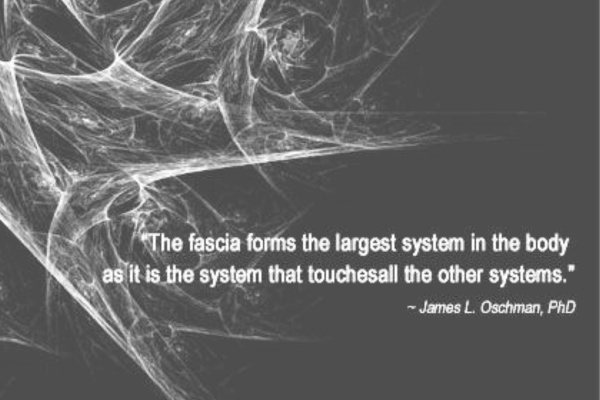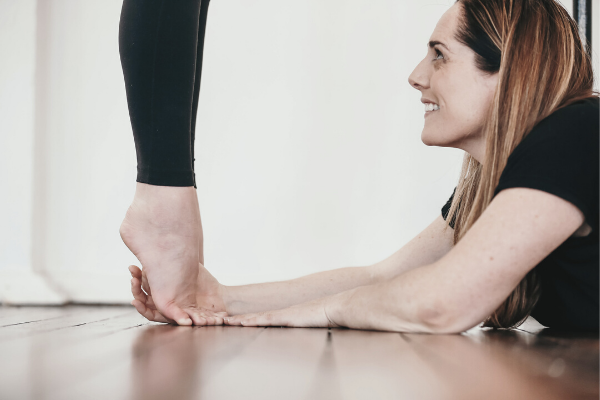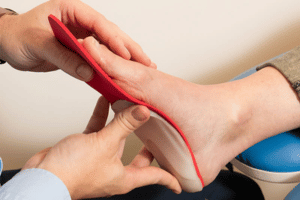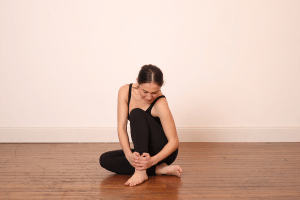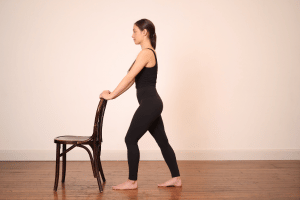The Dancers Anatomy
All posters have been designed in a A3 format. These posters are a great addition to the studio, to make it easy for teachers to explain the anatomy behind the movement to dance students.
The Hip Series:
- The Turnout Muscles. Visualising where your turnout muscles are and how they contribute to turnout in different positions can dramatically help improve control of turnout in class.
- The Gluteal Muscles. Efficient activation and timing of the gluteal muscles is essential to maintain a healthy spine and pelvis. Many dancers overuse some aspects of the gluteals while underusing others.
- The Hamstring. Many dancers focus on stretching their hamstrings, but few are aware of the nuances of each muscle within this group. Keep in mind that excessive tension is often a sign of compensation for weakness elsewhere, and strengthening these muscles is essential to developing optimal flexibility.
- The Inner Thigh Muscles. The inner thigh area is made up of many different muscles. Adductor Magnus, Brevis, and Longus work in conjunction with several other muscles to stabilise or adduct the hip in various positions. Understanding the location of these muscles and training them correctly is essential for long term hip health.
- The Hip Flexors. Many dancers with tight hips spend hours stretching their hip flexors, when unfortunately this is often doing more harm than good. Understanding the relationships between the different hip flexors, and why they get tight, is essential to maximising range of motion in the hips.
The Foot Series:
- The Foot and Ankle Muscles. Understanding the anatomy of the dancer’s foot will help you use more of your available range and help prevent foot and ankle injures longterm.
- The Calf Complex. Understanding the anatomy of the different parts of your calf muscles can help ensure well rounded training and avoid overworking any one particular area.
- Shin Splints. Many dancers experience pain in the shins at some point in their training, and often get told that they have “Shin Splits”. Shin Splints is not actually a diagnosis, and any pain in the shins must be correctly identified to allow appropriate and successful treatment to be started.
- Plantar Fascia Pain. Many dancers and even more dance teachers complain of pain in the arch/sole of the foot. Many of these individuals get diagnosed with “Plantar Fasciitis” and are often advised to ice, stretch, and massage the plantar fascia area. While this advice is extremely common, unfortunately it rarely resolves the issue and symptoms can persist for years.
- Pain at the Back of the Ankle. Pain at the back of the ankle is an issue for many dancers, and often gets misdiagnosed as Achilles Tendonitis. In most cases this is not actually the issue, so getting a correct diagnosis is essential.
- How to Improve your Pointe Range. Forcefully stretching feet usually mobilises what is already mobile, and compresses structures in the back of the ankle, rather than targeting the elements that are actually restricting your range.
Resources:
- Anatomy Posters: These A3 posters are a great addition to the studio, to make it easy for teachers to explain the anatomy behind the movement to dance students. With clear anatomical images and descriptions of how each muscle works in a dancer, they are an essential tool for training intelligent dancers.
- Level One Dance Teacher and Therapist Training: This unique course covers a multitude of assessment and treatment techniques to individualise a dancers training. With special focusses on Postural Control, Core Stability, Flexibility, Basic Classical Technique, The Dancers Hip, Allegro, Spinal Mobility and Arabesques, it is suitable for anyone working closely with dancers.











